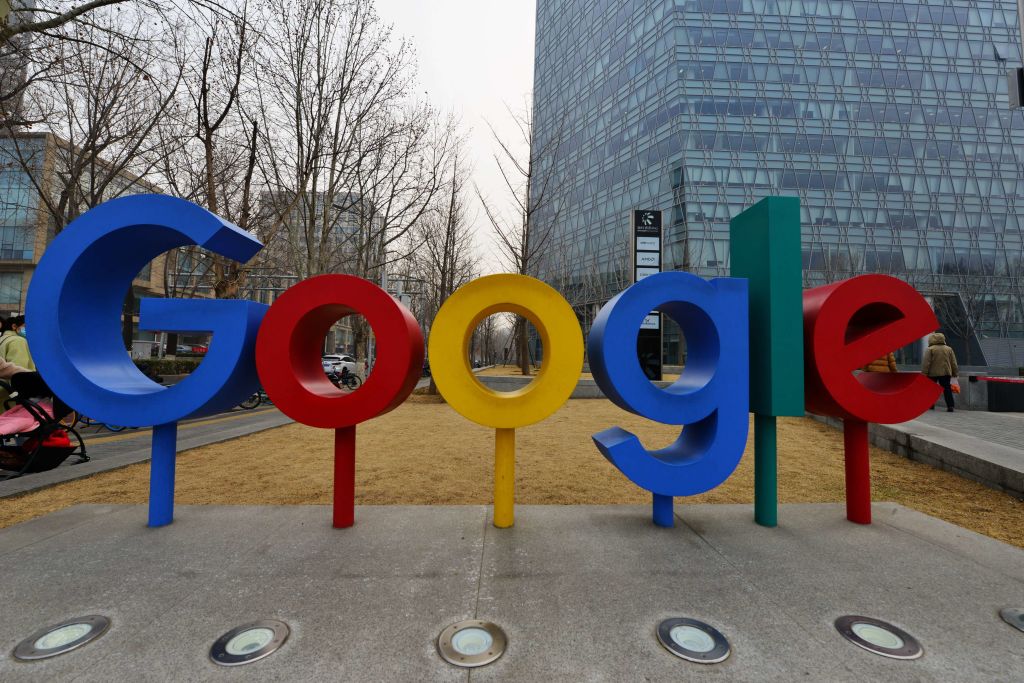How Hackers Can Up Their Game by Using ChatGPT
Artificial intelligence, by mimicking the writing style of individuals, can make cyberattacks much harder to detect
Consumers, beware: AI chatbots like ChatGPT are likely to drive an increase in the use and effectiveness of online fraud tools such as phishing and spear-phishing messages.
In fact, it could already be happening. Phishing attacks around the world grew almost 50% in 2022 from a year earlier, according to Zscaler, a cloud-security provider. And, some experts say, artificial-intelligence software that makes phishing messages sound more believable are part of the problem. AI reduces or eliminates language barriers and grammatical mistakes, helping scammers impersonate a target’s colleagues, friends or relatives.
“This new era is going to be worse than what we had before,” says Meredith Broussard, research director at the New York University Alliance for Public Interest Technology. “And what we had before was really, really bad.”
High stakes
AI chatbots have exploded in popularity, with perhaps the best-known being ChatGPT, developed by the AI-research company OpenAI, a strategic partner of Microsoft. But dozens of chatbots, using what are referred to as large language models, are becoming more widely available and can closely mimic human communication based on data they amass. These models can be used for many purposes, such as helping office workers create routine memos more quickly. But they can also be used by criminals—to defraud victims, for instance, or to spread malicious viruses.
Telltale signs of a phishing attack have long included mistakes in grammar or spelling. But AI can give a phishing attack more credibility—and reach—not just because of its ability to generate fluent, grammatical messages in many languages, but also because of its ability to mimic the speaking or writing styles of individuals.
“The whole point with large language models is their ability to emulate what humans sound like,” says Etay Maor, senior director of security strategy at Cato Networks, a cloud networking and security provider.
Thus, given the opportunity to learn the style in which a certain person writes emails and texts, Maor says, an AI program can be used to mimic communications from a company executive.
“It’s all about trust, and if I can make you think I’m one of you, you’re going to begin to do things with more trust and less skepticism,” says Roger Grimes, a computer-security professional with KnowBe4, a security-awareness training and simulated-phishing platform.
Using AI, Grimes says, criminals can quickly determine industry-specific terms that give them more ability to target companies such as hospitals, banks and fintech.
Targeted campaigns
AI’s usefulness in phishing and spear-phishing attacks doesn’t stop with its ability to mimic authentic human communication. The analytic skills of machine learning can also be useful in determining who best to target in an organization and how exactly to attack them.
Sean McNee, vice president of research and data at DomainTools, an internet intelligence company, offers a hypothetical example. Say an accountant at a company innocently posts on social media about his frustrations with a recent audit. AI could determine the accountant’s peers, his company’s reporting structure and who else at the company might be most susceptible to an attack. The attacker then could create a spear-phishing email purporting to be from the chief financial officer referring to a discrepancy in the audit and asking the recipient to open an attached spreadsheet that contains a virus.
Ramayya Krishnan, dean of Carnegie Mellon University’s Heinz College, recommends being proactive to protect against such attacks.
First, before acting on something, he says, people should always verify the legitimacy of the request through independent means. This means before clicking on a link or sending money, the recipient should call the individual through a familiar phone number or walk into the person’s office to confirm the request, Krishnan says.
Maintain a healthy dose of skepticism for everything you receive, Maor says. Ask yourself, why is my bank emailing me? Why is there a sense of urgency? Why is there an attachment to click on? It’s also advisable to hover over a link before clicking to see if it leads to an expected URL. “If you have some reason to think something is amiss, don’t click on it,” Maor says.
Other guardrails
Strong regulation of AI could also help, says Broussard, who is also an associate professor at the Arthur L. Carter Journalism Institute of New York University.
AI itself should also be enlisted to help identify malicious content with its origins in AI, says Dave Ahn, chief architect at Centripetal, a cybersecurity company. But first the models for doing so will have to evolve and the data will have to improve. Data on successful AI-based attacks will help cybersecurity experts train new models to identify malicious activity better, says Ahn.
Other possible security measures include giving users a way to distinguish their content as authentic. The use of hidden patterns known as “watermarks,” for instance, can be buried in AI-generated texts to help identify whether the words are written by a human or computer, Krishnan says. But the applicability of these tools is limited.
Says Krishnan, “We’re not near deploying them at scale where it’s a solution to the bad-actor potential we have today.”
 Copyright 2020, Dow Jones & Company, Inc. All Rights Reserved Worldwide. LEARN MORE
Copyright 2020, Dow Jones & Company, Inc. All Rights Reserved Worldwide. LEARN MORE
This stylish family home combines a classic palette and finishes with a flexible floorplan
Just 55 minutes from Sydney, make this your creative getaway located in the majestic Hawkesbury region.
Continued stagflation and cost of living pressures are causing couples to think twice about starting a family, new data has revealed, with long term impacts expected
Australia is in the midst of a ‘baby recession’ with preliminary estimates showing the number of births in 2023 fell by more than four percent to the lowest level since 2006, according to KPMG. The consultancy firm says this reflects the impact of cost-of-living pressures on the feasibility of younger Australians starting a family.
KPMG estimates that 289,100 babies were born in 2023. This compares to 300,684 babies in 2022 and 309,996 in 2021, according to the Australian Bureau of Statistics (ABS). KPMG urban economist Terry Rawnsley said weak economic growth often leads to a reduced number of births. In 2023, ABS data shows gross domestic product (GDP) fell to 1.5 percent. Despite the population growing by 2.5 percent in 2023, GDP on a per capita basis went into negative territory, down one percent over the 12 months.
“Birth rates provide insight into long-term population growth as well as the current confidence of Australian families,” said Mr Rawnsley. “We haven’t seen such a sharp drop in births in Australia since the period of economic stagflation in the 1970s, which coincided with the initial widespread adoption of the contraceptive pill.”
Mr Rawnsley said many Australian couples delayed starting a family while the pandemic played out in 2020. The number of births fell from 305,832 in 2019 to 294,369 in 2020. Then in 2021, strong employment and vast amounts of stimulus money, along with high household savings due to lockdowns, gave couples better financial means to have a baby. This led to a rebound in births.
However, the re-opening of the global economy in 2022 led to soaring inflation. By the start of 2023, the Australian consumer price index (CPI) had risen to its highest level since 1990 at 7.8 percent per annum. By that stage, the Reserve Bank had already commenced an aggressive rate-hiking strategy to fight inflation and had raised the cash rate every month between May and December 2022.
Five more rate hikes during 2023 put further pressure on couples with mortgages and put the brakes on family formation. “This combination of the pandemic and rapid economic changes explains the spike and subsequent sharp decline in birth rates we have observed over the past four years,” Mr Rawnsley said.
The impact of high costs of living on couples’ decision to have a baby is highlighted in births data for the capital cities. KPMG estimates there were 60,860 births in Sydney in 2023, down 8.6 percent from 2019. There were 56,270 births in Melbourne, down 7.3 percent. In Perth, there were 25,020 births, down 6 percent, while in Brisbane there were 30,250 births, down 4.3 percent. Canberra was the only capital city where there was no fall in the number of births in 2023 compared to 2019.
“CPI growth in Canberra has been slightly subdued compared to that in other major cities, and the economic outlook has remained strong,” Mr Rawnsley said. “This means families have not been hurting as much as those in other capital cities, and in turn, we’ve seen a stabilisation of births in the ACT.”
This stylish family home combines a classic palette and finishes with a flexible floorplan
Just 55 minutes from Sydney, make this your creative getaway located in the majestic Hawkesbury region.






















